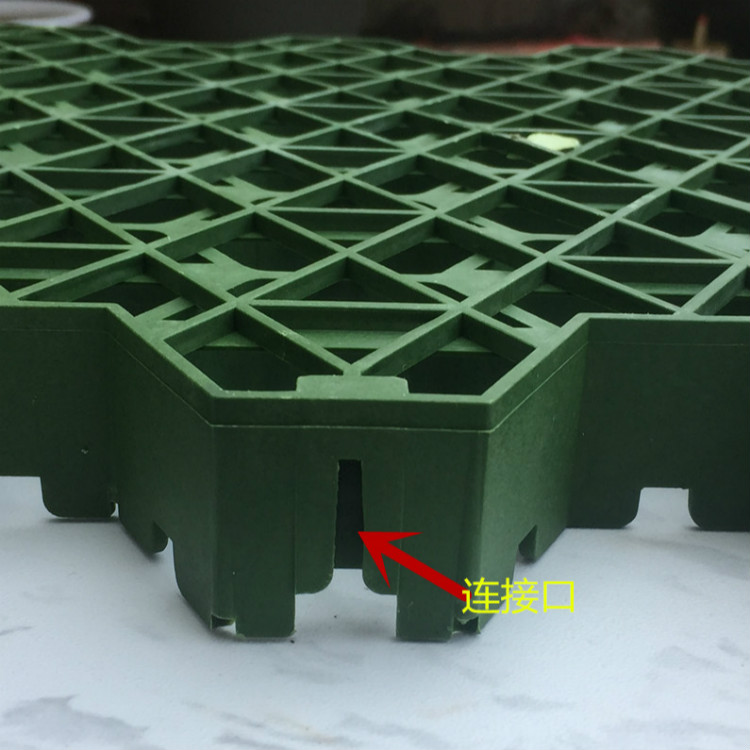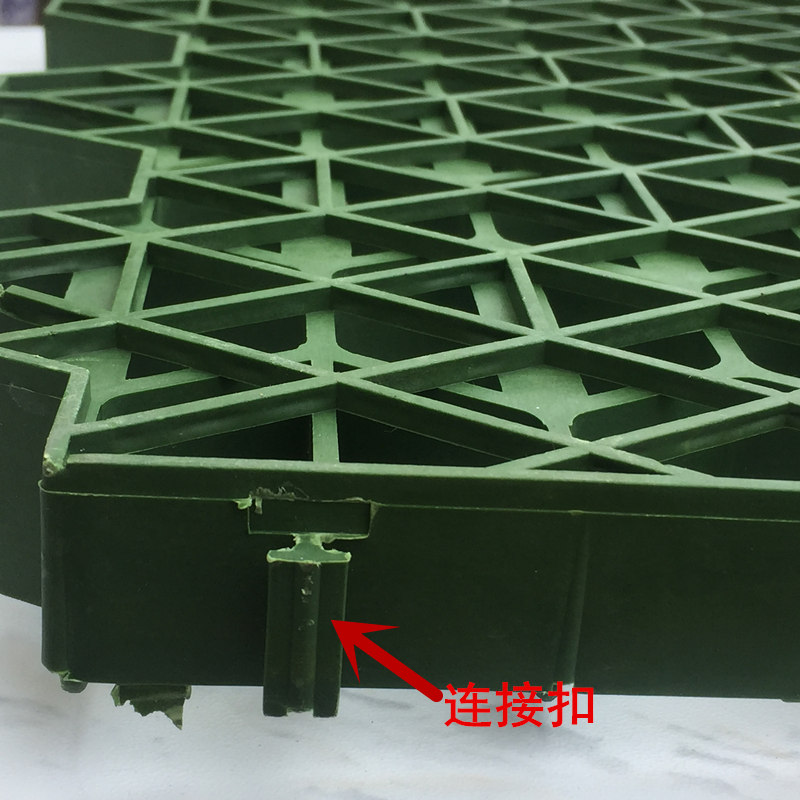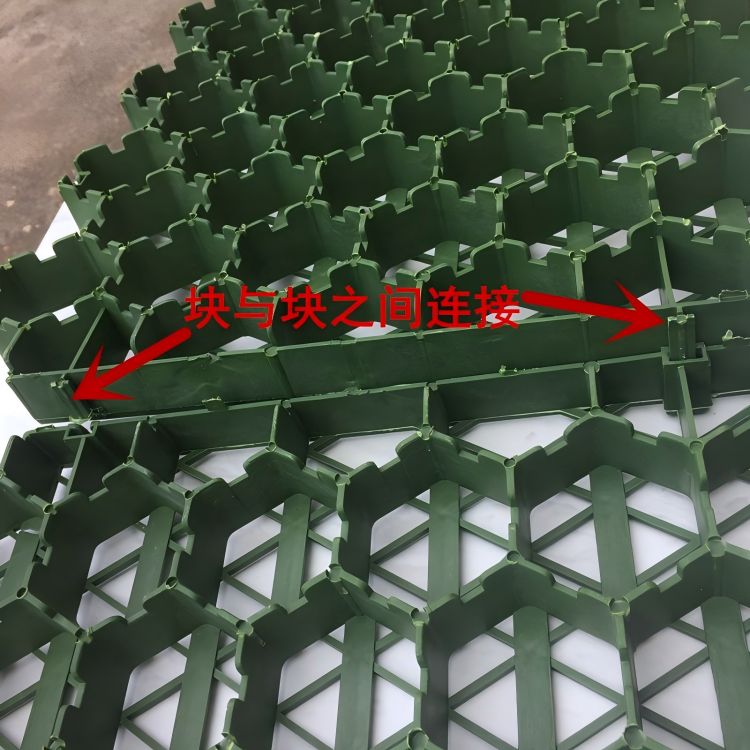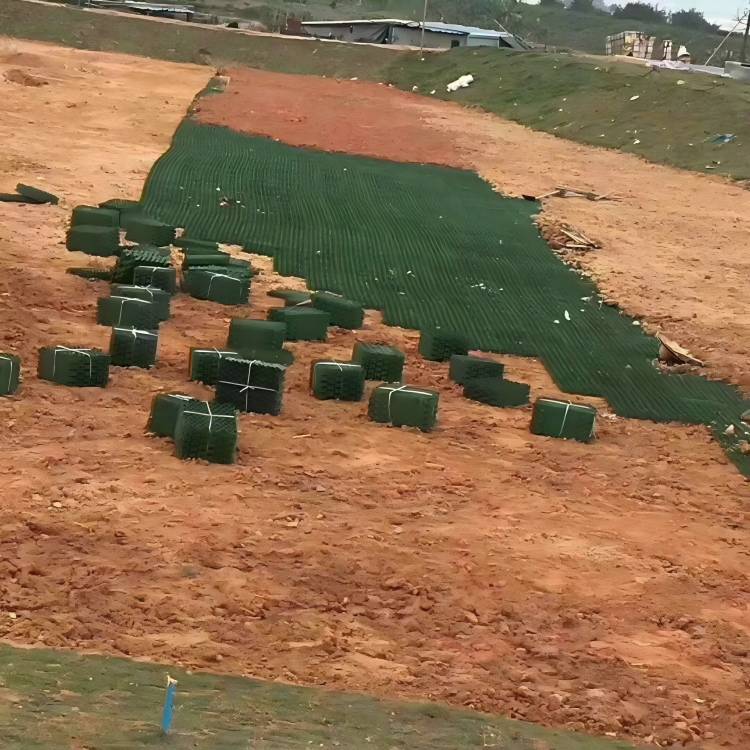Plastic grass grid is a material used for ground greening in parking lots, fire passages, golf courses, etc.
Plastic grass grid is a material used for ground greening in parking lots, fire passages, golf courses, etc.
1. Material and structure
The grass grid structure design is relatively unique, generally in a mesh or honeycomb shape. This structure provides enough space for the growth of the lawn and also has a high bearing capacity. For example, when used in a parking lot, it can withstand the weight of the vehicle without causing the lawn to be overly squeezed and unable to grow.



The greening function of the grass grid
The drainage function of the grass grid
The bearing function of the grass grid
The grass grid has high strength and bearing capacity. It can disperse the pressure of heavy objects such as vehicles and protect the lawn from damage. Generally speaking, high-quality grass grids can withstand frequent driving of vehicles within a certain weight range, such as small cars and light trucks. The bearing capacity of grass grids of different specifications is different, and its bearing capacity usually ranges from a few tons to tens of tons.
3. Installation steps
Site preparation
First, clean the site and remove debris, weeds, stones, etc. on the ground. If the site is a soft soil foundation, it may be necessary to compact it to ensure that the ground is stable enough to prevent the grass grid from sinking after installation.
Laying base materials
Lay a layer of gravel or sand as the base on the cleaned ground. The thickness of the base is generally determined according to the actual situation, usually about 5-10 cm. This base can further stabilize the ground and drain water.
Place grass grids
Lay the grass grids neatly on the base according to the design requirements. Pay attention to the close splicing between adjacent grass grids to avoid excessive gaps. During the laying process, make appropriate adjustments according to the slope and drainage direction of the site to ensure smooth drainage.
Filling soil and sowing grass seeds
Fill the cells of the grass grid with nutrient soil suitable for grass seed growth. Generally, the filling height should be lower than the edge of the grass grid. Then sprinkle the grass seeds evenly on the soil, then lightly cover it with a thin layer of soil, and finally water and maintain it to promote the germination and growth of the grass seeds.
IV. Application scenarios
Parking lot: Grass grids can be used on the ground of the parking lot, which not only meets the needs of vehicle parking, but also increases the greening area, so that the parking lot is no longer a monotonous concrete floor.
Fire escape: Fire escapes are required to be able to bear the weight of fire trucks in an emergency. Grass grids can meet this requirement and have a greening effect, which improves the aesthetics of fire escapes.
Roof greening: Laying grass grids on the roofs of buildings for greening can help reduce the indoor temperature of buildings, extend the service life of roof waterproofing layers, and also add green landscapes to the city.
Slope protection: In some slope areas, grass grids can be used to fix soil, prevent soil erosion, and allow grass plants to grow in them, playing the role of ecological slope protection.


Contact: Chengqi
Phone: +86 15820292413
E-mail: gzyz1688@gmail.com
Add: Room 13, floor 3, building F, 22 Qide Road, Helong street, Baiyun District, Guangzhou, China